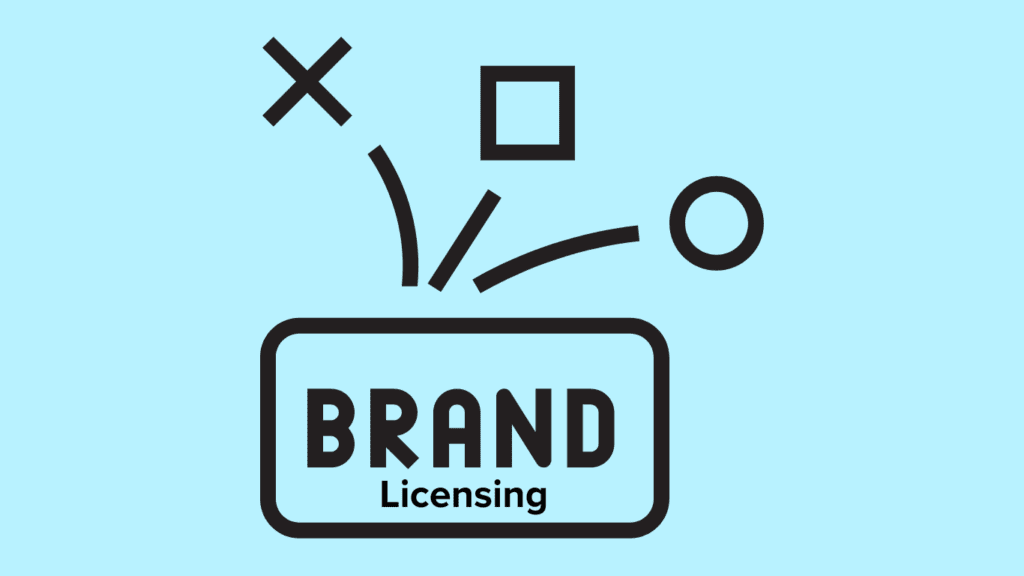Licensing: Bobbleheads or Brand Marketing?
Stephen Reily
September 7, 2022

I’ve run a brand licensing agency for 25 years now but sometimes feel like our industry is still in its infancy. IMC started before Google, and well before the world had wifi or Facebook or Netflix or NFTs, but every time you read a story about our industry it sounds like we are being discovered for the very first time.
A recent article in the New York Times was called “Where Bobbleheads are Born,” and I guess that title says it all. The reporter attended the first in-person Licensing Expo since 2019 and shared her wonder at mascots, movies, and athletes, some of whom appeared in person, some on bobbleheads. These life-sized characters are familiar to anyone who has been to a Licensing Expo, and I’ve posed for plenty of selfies with them myself.
While it’s easy to be distracted by that spectacle, everyone in this business knows that an industry that generates almost $300 billion in worldwide sales each year does so from quieter, more corporate corners of the Expo, and not from sales of bobbleheads. Yet when the reporter did venture into our neck of the woods, one leader in brand licensing compared our work to the Shrek sticker that makes a child more likely to eat a banana.
This comment echoed the Times’ story line that licensing is about animated characters and novelty, but it does not say much about the professional and strategic work that most of us in brand licensing are doing. Brand licensing is not like entertainment licensing, where companies fund their productions (and market their films) by plastering their figureheads anywhere they can.
Brand licensing is brand marketing. It’s that simple. We live in a marketplace where brands dominate. And then extend themselves where consumers allow them to go.
Brands can be delivered in many formats, and consumers don’t care whether the brand owner makes that product or not.
Consumers are inclined to buy Starbucks coffee beans in the supermarket because they trust the Starbucks brand to deliver great coffee with a familiar flavor. They do not care whether the coffee was roasted by Starbucks or a licensing partner (and it has been made by both over the years).
Similarly, consumers buy Glade- or Febreze-branded kitty litter not because those products are made by SC Johnson or Procter & Gamble, but because they believe in the promise (and scent) of the brands.
Brand licensing is integrated into the strategy and success of many major brands, and we are grateful to have worked with several of them as long-term partners. Bobbleheads (and I love a good bobblehead) are something very different. Maybe our industry will finally grow up when reporters (and we) get more comfortable in our somewhat more boring – but infinitely more strategic and sustainable – corner of the Licensing Expo.
Interested in learning more about incorporating brand licensing into your marketing strategy? Connect with us here to see how we could work together.

